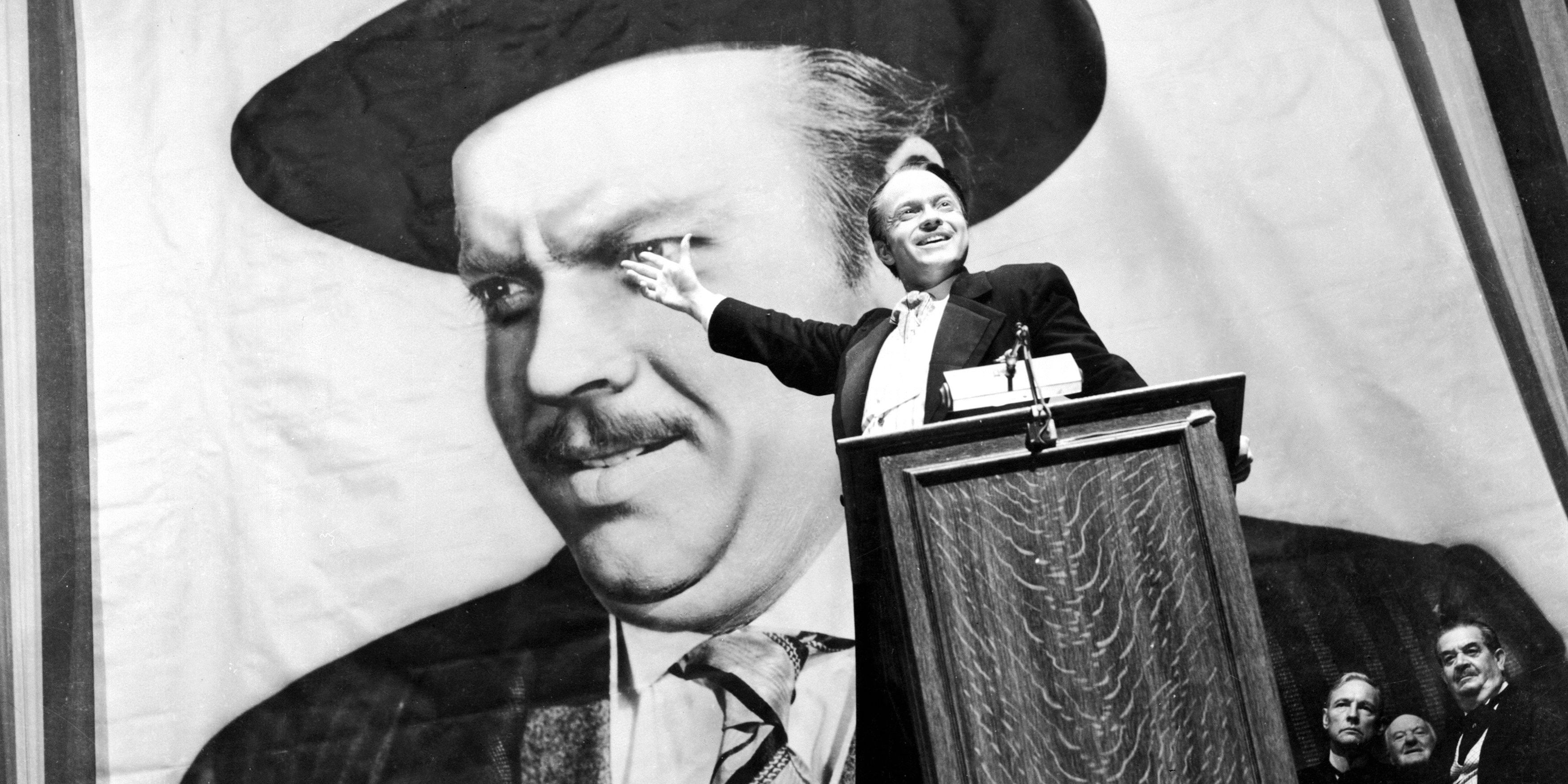Rosebud

In university, I had the chance to take a Film History course with one of Turkey’s top directors, Emin Alper. When I saw his name on the list, I knew I couldn’t pass it up. The course includes some of the most influential films in cinema history. For our second film, we watched Citizen Kane. (And yes, as anyone who’s taken a class like this could guess, our first film was Battleship Potemkin(1925).)
When Emin Alper started the discussion, he opened with a bold question: “Can a film that isn’t even Orson Welles’s best work still be considered the greatest film of all time?”
Not a single person in the class said “yes.” Some of us didn’t like the film; others found a few bits of it interesting, but no one thought it was the best. Emin Alper seemed to agree, but he asked the question from a different perspective.
“So, why has Citizen Kane held the title of greatest film of all time for so long?”
Emin Alper’s experience as a director helped him see past the story and focus on the technical details. In his view, Citizen Kane was the most liberating film in cinema history, breaking new ground with its innovative cinematography. It changed how films were made, pushing boundaries and setting new standards that influenced generations of filmmakers.
One of the film’s most interesting techniques was its use of long, uninterrupted takes. In many scenes, multiple things would happen at once without a single cut. Like, a character in the foreground might be talking to someone in the background, they’d move around, and the camera would just keep rolling without stopping. Even when they did cut, it often overlapped a bit with the previous scene, so you never felt lost. In modern movies, we’re used to seeing conversations broken up with quick, alternating shots of each character’s face. Citizen Kane does almost the opposite, keeping the whole scene grounded in one space.
Citizen Kane is a classic film, but it doesn’t quite reach the same heights as some others. The screenplay jumps around in time, which can be a bit confusing. The main mystery is about the last word of the main character, Charles Foster Kane, which is called “Rosebud.” It’s like a MacGuffin, a plot device that gives a character a reason to act. Just like the rug in The Big Lebowski, “Rosebud” pulls us into a fun and exciting world. But Citizen Kane’s “Rosebud” mystery can feel a bit flat, especially if you know the twist.
Orson Welles might have been a bit too ahead of his time. Citizen Kane suggests that people don’t really change; they just keep making the same mistakes. And in the end, they’re often left with regrets, whether they’re big bosses like Kane or regular folks.
Despite its flaws, Citizen Kane was groundbreaking. And sometimes, being first matters as much as being perfect.